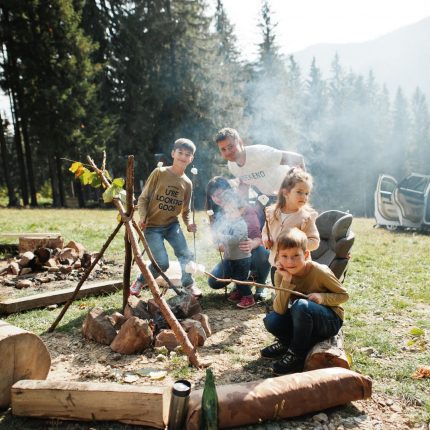
Beat the Homeschool Blues with Writing
February 25, 2021
With the pandemic, school closings, and remote learning still a reality in communities from coast to coast, children are facing challenges like never before. If you need a way to help your children cope, try encouraging them to write. Writing is a simple tool that you can use to help your children open up about their feelings. To keep this type of writing low pressure, start by calling these “projects” or “missions” instead of assignments. “Assignment” sounds like work, but a mission or a project sounds more like an adventure!
Are you ready to help your child beat the homeschool blues? Let’s review a few writing projects that will get you on your way.
Journal Writing
Journal writing is probably one of the most flexible types of writing there is. Your children can write about anything from a past family trip to their personal feelings. It’s a great method for launching your children into the writing world. Just remember to give your children some leeway here. Don’t focus on perfect grammar right away. This is more about letting the words pour out onto the pages. For many children, journal writing is a release, a way of talking about things they might not communicate out loud. Have your children write about their day, how they feel and why, or have them describe a place where they’re most happy. Once they’re comfortable, you can ask them to work on different writing skills, like sentence structure, spelling, punctuation, or vocabulary.
Share your thoughts about what your children have written, either face to face or by responding in their journal. In this way, writing can become another way that you communicate with your children. Here’s another tip: Make a big deal about buying and personalizing their journal. Let your child decide the color, the type, etc. Also, invite them to draw in their journals, create cartoons, place stickers, or whatever they enjoy.
Research Writing
Research writing is a deep dive into a subject. It’s an adventure that poses many challenges, but the rewards are fulfilling. The challenges include choosing a topic, compiling the information, preparing to write, formulating the body of their paper and more. Your older students can research any subject; but for our purposes, have them confront a current event that’s been worrying them.
Your student’s attitude toward the subject may change once they research it. This happens because research writing encourages critical thinking skills. As they learn more about a topic, it becomes less threatening. Plus, the skills that your children develop while completing research writing projects will also come in handy throughout their education and beyond.
As for younger children, even though this type of writing is more advanced, it doesn’t mean they can’t join in. Hold a brainstorming session with them about different topics. Younger children don’t have to address a stressful topic; a fun topic can be just the distraction they need. Once your child picks the topic they want to learn about, let them start gathering information with your guidance. This will improve their internet skills and research techniques. To make research more engaging, tell your children that they are like detectives finding clues about their chosen subject. This may entice them to immerse themselves in the investigative and writing process. For young children, it becomes a challenging game, which helps them forget about their worries.
Creative Writing
Creative writing lets your children step away from the everyday things that may trouble them. Since there aren’t any rules that prevent your child from exploring different creative writing forms, they can take on all kinds of projects such as:
- Create a story about anything that interests them.
- Write a comic book complete with drawings.
- Draw a story-board like they do in the movies.
- Craft a poem in any style they prefer.
- Create cards for, or write letters to, family and friends.
- Write a review of a favorite book or movie.
Since it can take so many forms, creative writing can help your children learn different writing styles. They’ll also learn how to organize ideas while building their sentence and paragraph writing skills.
Continuing Your Child’s Writing Adventures
These are just a few of the writing projects that can help your children reduce their blues. Don’t be afraid to look online for more, or just come up with some great ideas of your own! For a quick way to get a writing project of any kind started, try looking for writing prompts. You’ll find many available for all grade levels, and you can use them for all different types of writing. For example, the prompt “write about all the things a tree sees in a year” can be realistic if used for research writing. It can be imagination-based if used for a creative writing project. It can also be used for a narrative poem, a short story, or even a play.
Through these and other writing projects, your child will find an outlet and a distraction from their troubles, while continuing to improve their writing skills. Who knows? If you’d like a break from current events, maybe you’ll enjoy a writing project of your own!
Additional Homeschool Resources
How to Use Storytelling to Improve Writing
How to Plan for Writing Success
How to Create the Perfect Learning Space
Latest Posts

As homeschooling continues to grow in popularity, more parents are taking on the challenge of providing a comprehensive education that not only meets academic standards but also prepares their…
Read more >
June has come and gone, and summer is in full swing! Whether you're traveling this summer or staying close to home, we hope you're enjoying this time with your family. We wanted this month's…
Read more >
Summer is an all-around favorite season for most people. In the U.S., it’s even more exciting for many of us since we get to celebrate Independence Day! The Fourth of July is a wonderful…
Read more >

